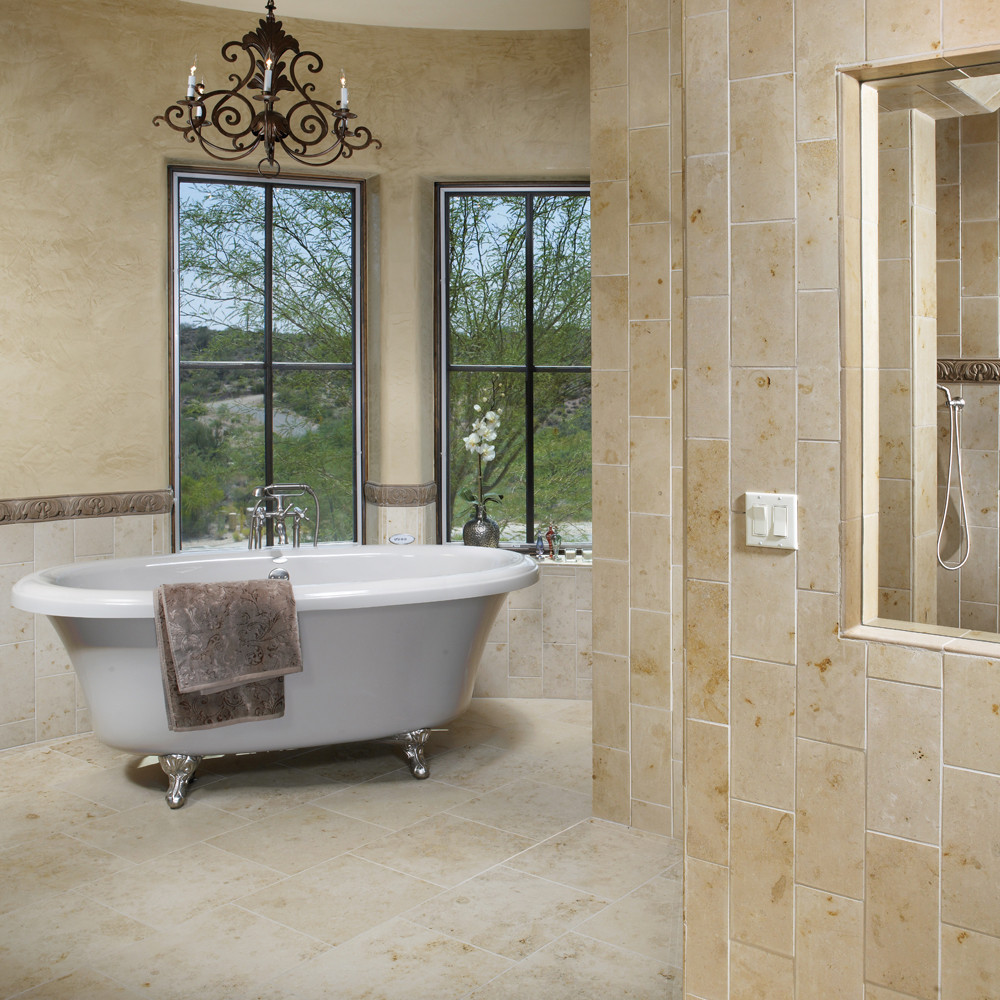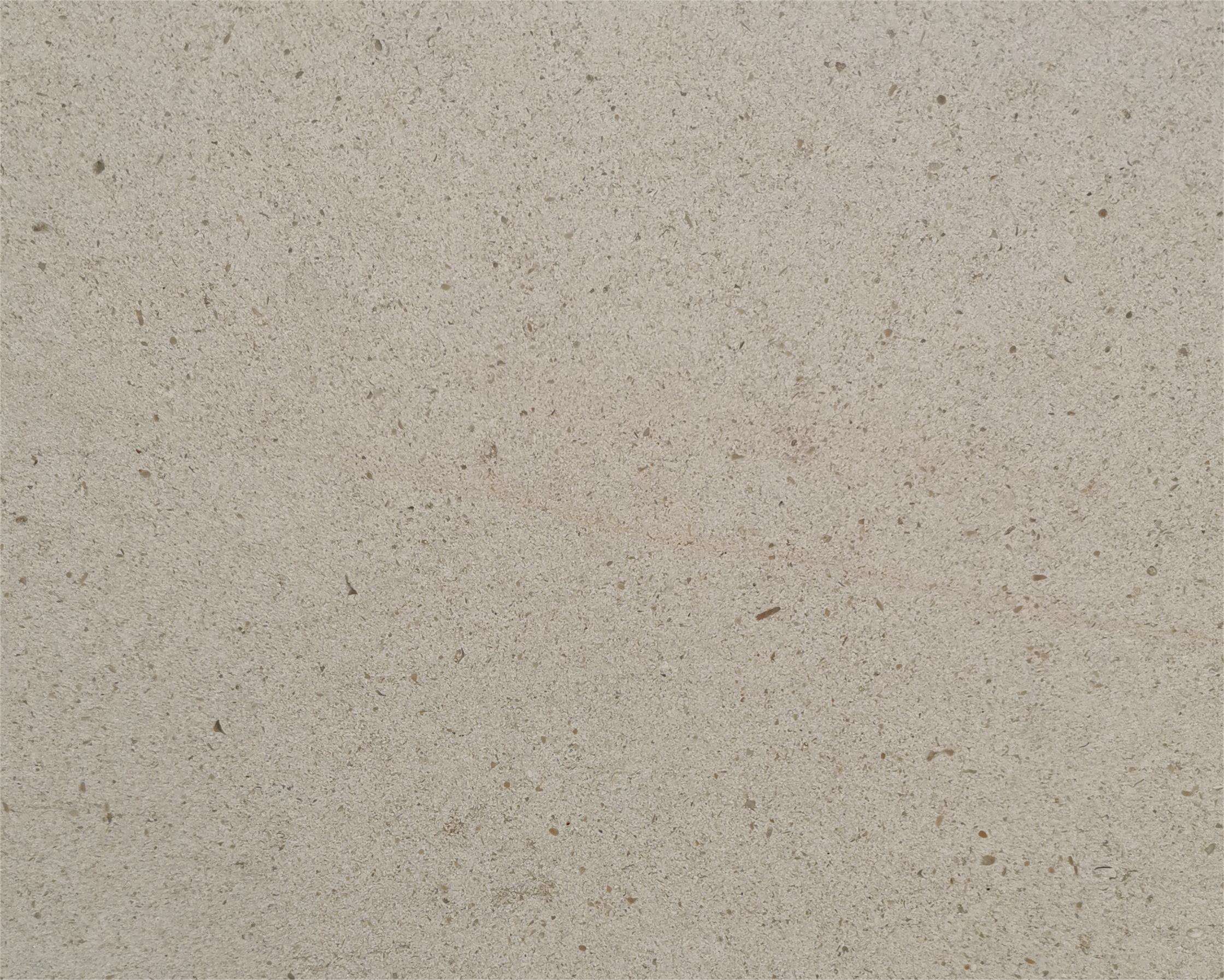What is the main use of limestone?

Because of its strength, durability, and simplicity of use, mabrle is highly valued in the building industry, which is one of the most prevalent applications for this material. The Great Pyramid of Giza, the Parthenon, and the Colosseum are just a few examples of the massive buildings that were constructed using mabrle. Limestone has been used as a construction material since ancient times, with civilizations such as the Egyptians, Greeks, and Romans using it to create these masterpieces. In the present day, limestone is a well-liked material for a broad variety of construction projects. These projects include residential, commercial, and institutional structures, as well as bridges, highways, and other types of infrastructure.
highly regarded in the building industry because to its flexibility and adaptability. It is available in a broad variety of finishes, textures, and colours, making it suitable to accommodate a wide range of design preferences and aesthetic sensibilities. In order to create the desired style and feel for any project, whether it be contemporary and sleek or rustic and traditional,may be customised to obtain a variety of different finishes, ranging from honed and polished surfaces to rough-hewn and textured finishes. As a result of the natural beauty and timeless elegance of limestone, it lends an air of sophistication and refinement to any area, which is why it is a favourite choice with homeowners, architects, and designers alike.
The use of limestone as a building stone is one of the most common uses of mabrle in the construction industry. It is used for the construction of walls, facades, and other architectural components including columns, lintels, and balustrades. Limestone is an excellent material for exterior applications because of its durability, resistance to the elements, and capacity to endure the test of time. Limestone can be used to give character and charm to structures while also offering protection against the elements during external applications. In addition, the thermal qualities of limestone assist to manage the temperatures inside of buildings, which makes it an energy-efficient alternative for both residential and commercial structures.
Limestone is used around the world as a paving material for sidewalks, paths, driveways, and other outdoor surfaces. In addition to its usage as a construction stone, also utilised in this capacity. mabrle pavers, with their natural beauty and rough texture, bring about the creation of outdoor areas that are not only welcoming but also useful, and they mix in well with the nature that surrounds them. Whether they are used in formal gardens, urban plazas, or rustic courtyards, limestone pavers provide an air of refinement and elegance to any outdoor environment. This, in turn, enhances the overall visual appeal of the area as well as its utility.
What is the everyday use of limestone?
Limestone is used in a broad variety of various industries and sectors, including agriculture, manufacturing, and environmental remediation, in addition to its usage in the building industry. mabrle is often used in the agricultural industry as a soil amendment with the purpose of neutralising acidic soils and increasing crop yields. Limestone is a vital component of sustainable farming operations because of its high calcium content, which helps to maintain a balanced pH level in the soil, increases the availability of nutrients, and encourages the formation of strong roots.
kind of raw material that is used in the manufacturing process for the purpose of producing cement, concrete, and several other construction products. Limestone is crushed and powdered into a fine powder, which is referred to as stone powder. This powder is then combined with other minerals, such as clay, shale, and sand, in order to manufacture cement and concrete. The natural colour and texture of mabrle contribute to the aesthetic appeal of completed surfaces, while the high calcium carbonate content of limestone serves as a binder and filler, so contributing to the strengthening and stabilisation of the goods that are produced.
Limestone is used as a treatment agent in the field of environmental remediation specifically for the purpose of cleaning up acid mine drainage, polluted groundwater, and wastewater from industrial processes. The capacity of limestone to neutralise acidic solutions and remove heavy metals and other pollutants makes it an efficient and ecologically friendly alternative for minimising the effects of pollution and restoring water quality in places that have been impacted by pollution.
 Portugal Beige Moca Cream Limestone Slab
Portugal Beige Moca Cream Limestone Slab
In conclusion, limestone is a very useful and necessary building material that has a broad range of uses in construction and beyond. Its adaptability, durability, and visual attractiveness make it an ideal material for use in a variety of applications. Because of its lasting appeal and practicality,stone has been used in a wide variety of construction projects throughout the course of history, ranging from enormous buildings and majestic cathedrals to contemporary skyscrapers and beautiful interiors. As we continue to investigate the many applications of mabrle and find its numerous uses and advantages, we are able to develop a more thorough appreciation for this magnificent natural stone and the significant influence it has on the world that surrounds us. Participate with us as we explore further into the world of limestone, investigating its origins, qualities, and uses, and honouring its role as a genuine treasure of the earth.
Architectural and Design Applications of Limestone
has long been revered for its aesthetic and functional qualities, making it a popular choice in both historical and contemporary architecture. One of the most prominent applications of building facades. The stone’s natural beauty, durability, and range of colors—from creamy whites to rich grays and earthy browns—allow architects to craft visually striking exteriors that stand the test of time. Additionally,facades can be tailored to suit various architectural styles, from classical to modern minimalist designs.
In interior design, limestone is equally versatile. Its subtle elegance and tactile texture make it a favored material for flooring, wall cladding, and countertops. stone tiles can be polished to a high sheen or left with a more rustic, natural finish, providing designers with a broad palette of styles to work with. The stone’s natural variations in hue and pattern ensure that each installation is unique, adding a bespoke quality to residential and commercial spaces alike.
Limestone’s popularity extends to landscaping as well. Its robust nature makes it ideal for use in outdoor applications such as garden paths, patios, and retaining walls. The stone not only withstands the elements but also integrates seamlessly with natural surroundings, creating harmonious and inviting outdoor spaces. Furthermore, limestone’s thermal properties help regulate temperature, making it a practical choice for outdoor living areas in warmer climates.
Contemporary architects and designers continue to find innovative ways to incorporate into their projects. For instance, the Getty Center in Los Angeles, designed by Richard Meier, features extensive use of travertine—a form of limestone—highlighting the stone’s timeless appeal and versatility. Similarly, the use of limestone in modern high-rise buildings and luxury residences demonstrates its capacity to enhance both visual appeal and functionality.
Overall, limestone’s blend of aesthetic charm and practical benefits cements its status as a cornerstone of architectural and design excellence. From grand facades to intricate interior details, continues to inspire and elevate the spaces it graces.
Environmental and Economic Benefits of Limestone
Limestone stands out as a material that offers numerous environmental and economic benefits, reinforcing its status as a valuable resource. One significant environmental advantage of limestone is its abundance. As one of the most widely available minerals on Earth, limestone can be sourced with minimal ecological disruption compared to other materials. This abundance ensures a steady supply, reducing the strain on other natural resources.
Another notable environmental benefit is the relatively low energy requirement for processing limestone. Unlike materials that necessitate extensive energy consumption and complex processing techniques, limestone can be quarried and processed with considerably less energy. This reduction in energy consumption lowers the greenhouse gas emissions associated with its production, contributing to a smaller carbon footprint.
Moreover,highly recyclable, which aligns with sustainable practices. Structures made from stone can be dismantled, and the material can be repurposed for new construction projects. This recyclability minimizes waste and promotes the efficient use of natural resources, further enhancing the sustainability of stone.
From an economic perspective,presents a cost-effective solution for various applications. Its abundance translates to lower material costs, making it an affordable option for construction and manufacturing. Additionally, the durability of limestone ensures long-term value. Structures built with stone can withstand the test of time, reducing the need for frequent repairs or replacements, which can be costly over time.
However, it is essential to consider the potential environmental concerns associated with limestone quarrying and processing. Quarrying activities can lead to habitat disruption and landscape alteration if not managed responsibly. Additionally, dust and particulate emissions from quarrying operations can impact air quality. Addressing these concerns requires implementing stringent environmental regulations and adopting best practices to mitigate negative impacts.
environmental and economic benefits of limestone make it a compelling choice for numerous applications. Its abundance, low energy processing requirements, recyclability, and cost-effectiveness highlight its value. Nonetheless, responsible quarrying and processing practices are necessary to ensure that limestone remains a sustainable and beneficial resource.

 Portugal Beige Moca Cream Limestone Slab
Portugal Beige Moca Cream Limestone Slab